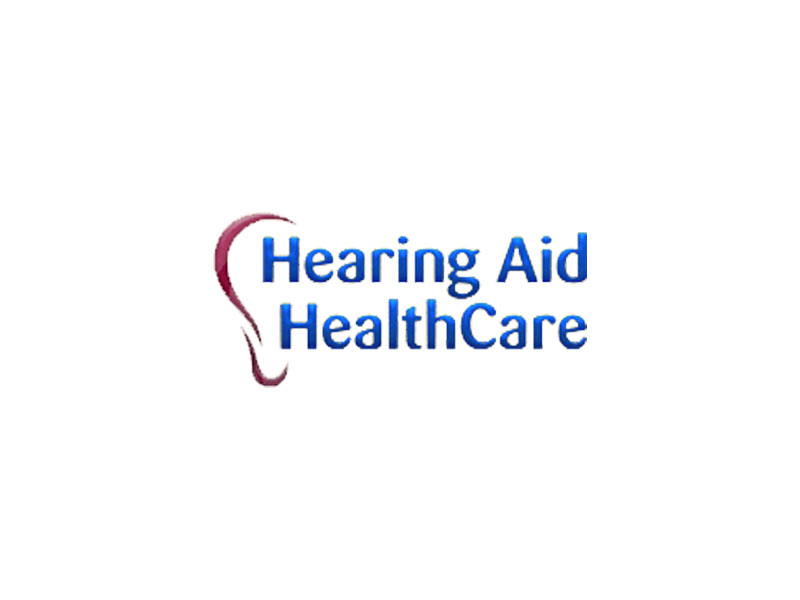There are many types of hearing aids designed for people who have hearing impairments. Although every type of device has unique benefits and drawbacks, behind-the-ear (BTE) hearing aids are among the more popular choices.Keep reading to learn whether or not a BTE hearing aid is likely to address your needs.
Of the different models of hearing aids available, BTE models are generally the easiest to recognize. Their most obvious feature is a rounded plastic case that sits behind the ear and connects to a component positioned within the ear via a thin plastic tube. The main components of the hearing aid are found within this case. This section (typically called the case) holds all the batteries and electronics required for the device to operate, along with the control buttons that make it possible for the user to select features and programs. The “ear mold” is the component of the device that actually fits inside the ear. Ear molds are custom-made based on the unique shape of each person’s ears, which helps to ensure that they are comfortable to wear and that sound is transmitted efficiently.
BTE hearing aids have numerous clear advantages. The more substantial casing makes it possible to use slightly larger batteries, which can provide additional amplification and longer battery life. More room in the casing also means that the manufacturer can include additional features such as directional microphones, Bluetooth technology and telecoil. Additionally, the larger casing makes BTE hearing aids easier to handle than more compact ones, which makes changing batteries and cleaning the unit easier for individuals with more limited dexterity and eyesight.
The biggest drawback of a behind-the-ear hearing aid is its visibility. Unlike hearing aids that fit inside the ear, it’s impossible to fully disguise a behind-the-ear device. For individuals that want to do as much as possible to hide the fact that they are wearing hearing aids, it’s possible to disguise them by choosing a case tinted to match their skin tone. The BTE hearing aid is also more vulnerable to noise from wind, however many models have features to counteract this.
Depending on your own lifestyle priorities and how you weigh their advantages and disadvantages, BTE hearing aids might be the best choice for you. If you’ve got additional questions about behind-the-ear hearing aids and how they could fit into your lifestyle, contact your local hearing professional to get more information.
